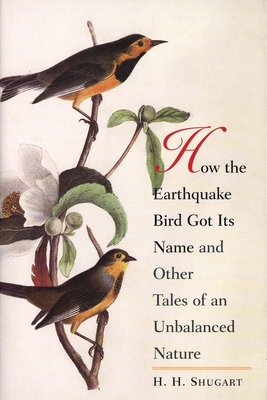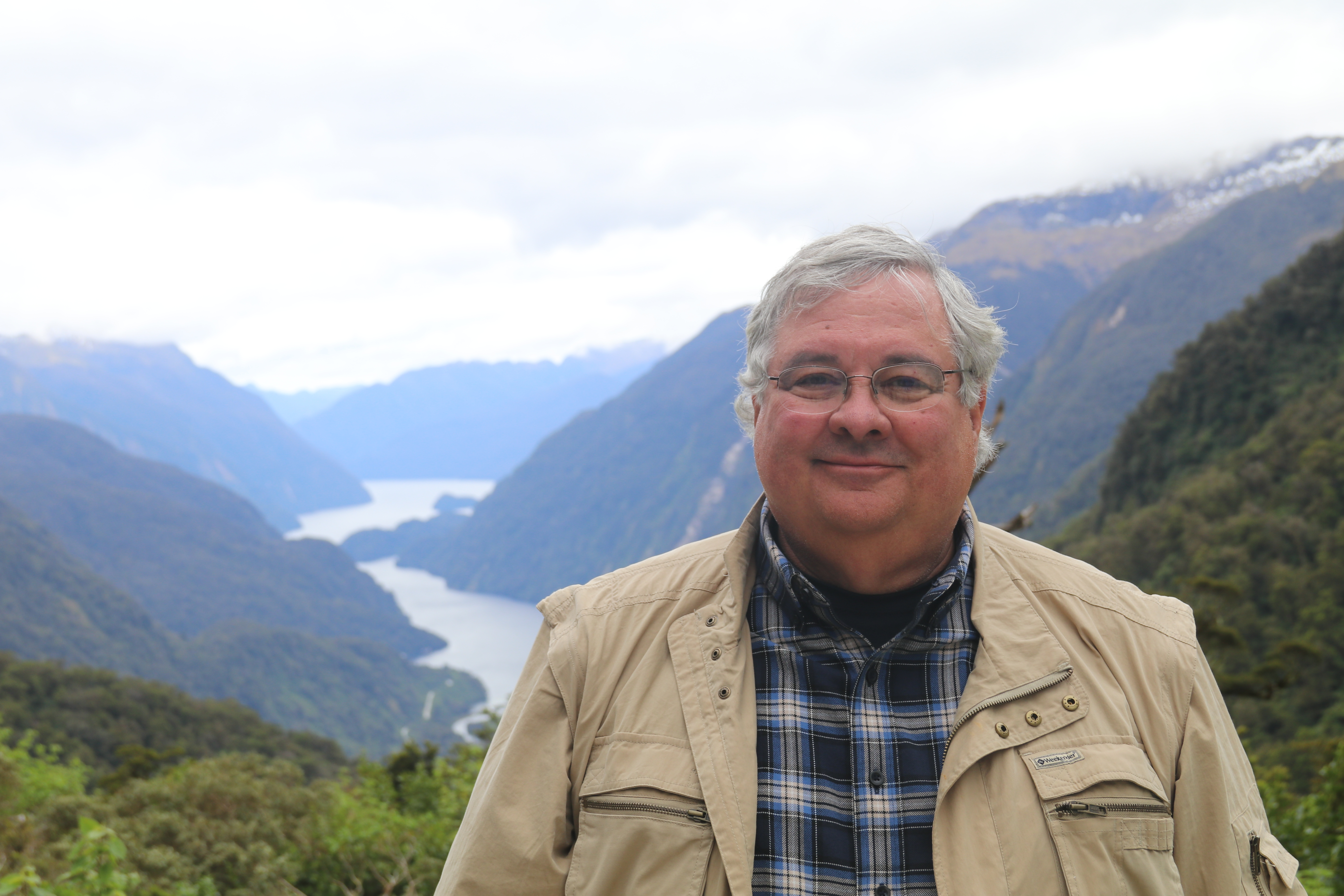

 Yale University Press
Yale University Press
How the Earthquake Bird Got Its Name and Other Tales of an Unbalanced Nature


Key Metrics
- H H Shugart
- Yale University Press
- Paperback
- 9780300122701
- 9.18 X 6.42 X 0.6 inches
- 0.72 pounds
- Nature > Animals - General
- English
 Secure Transaction
Secure TransactionBook Description
In the tradition of Stephen Jay Gould, H. H. Shugart entertains and enlightens with parables from the amazing world of birds and mammals
Although people have been altering earth's landscapes to some extent for tens of thousands of years, humankind today is causing massive changes to the planet. Such widespread environmental change is accompanied by accelerating rates of species extinction. In this book, noted ecologist H. H. Shugart presents important ecological concepts through entertaining animal parables. He tells the stories of particular birds and mammals--the packrat, ivory-billed woodpecker, penguin, dingo, European rabbit, and others--and what their fates reveal about the interactions between environmental change and the extinctions or explosions of species populations. Change is the root of many planetary problems, but it is also an intrinsic feature of our living planet. Shugart explores past environmental change, discusses the non-existence of a balance of Nature, and documents how human alterations have affected plants, soils, and animals. He looks with hope toward a future in which thoughtful people learn--and use--ecological science to protect the landscapes upon which terrestrial creatures depend.
Author Bio
Herman H. (“Hank”) Shugart, Jr. is a systems ecologist whose primary research interests focus on the simulation modeling of forest ecosystems. He has developed and tested models of biogeochemical cycles, energy flow and secondary succession. In his most recent work, he uses computer models to simulate the growth, birth and death of each tree on small forest plots. The simulations describe changes in forest structure and composition over time, in response to both internal and external sources of perturbation. The models are applied at spatial scales ranging in size from small forest gaps to entire landscapes and at temporal scales of years to millennia.
Hank is the W.W. Corcoran Professor of Environmental Sciences at the University of Virginia. He received his Ph.D. in Zoology from the University of Georgia in 1971, and worked for the next 13 years in Tennessee — eventually as a Senior Research Scientist at Oak Ridge National Laboratory and as a Professor in Botany and the Graduate Program in Ecology at the University of Tennessee. In 1984, he moved to his current position at University of Virginia.
Dr. Shugart has also served as a Visiting Fellow in the Australian National University (1978-1979, 1993-1994), in Australia’s Commonwealth Industrial and Scientific Research Organization, Division of Land Use Research (1982) and Division of Wildlife and Ecology (1993-1994), in the International Meteorological Institute at the University of Stockholm, Sweden (1984), and in the International Institute of Applied Systems Analysis, Laxenburg, Austria (1987,1989). He has served on the editorial board of several scholarly journals including Ecology and Ecological Monographs, Annual Reviews in Ecology and Systematics, Biological Conservation, Landscape Ecology, Journal of Vegetation Science, Forest Science, Global Change Biology and The Australian Journal of Botany.
He is Editor-in Chief of Oxford Research Encyclopedia, Environmental Science, Oxford University Press, New York. Hank has served as the major advisor to 26 completed Masters students, 56 completed PhD students and 22 Post-doctoral Associates. He is the author of 457 publications including 13 books (plus 7 additional reprintings), 96 book chapters and 213 papers in peer-reviewed journals.
Source: University of Virginia - Department of Environmental Sciences
Videos
No Videos
Community reviews
Write a ReviewNo Community reviews